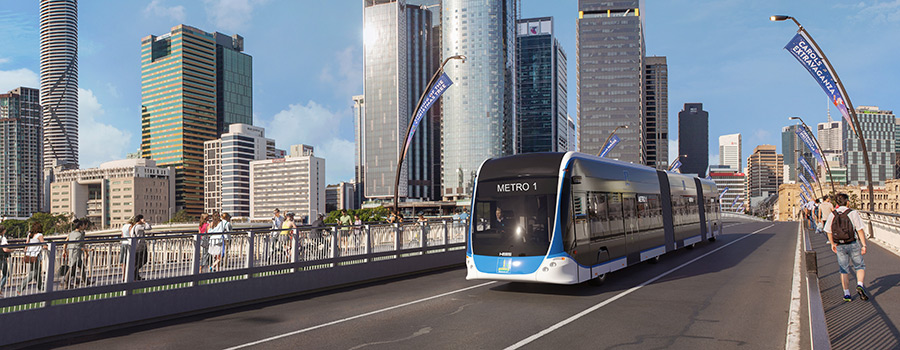micheal_can
Senior Member
Buses that are grade separated attracted people.Congratulations on missing the point.
The point being made was that busses can attract ridership, all of that has nothing to do with it.
London Ain't Getting That....
Buses that are grade separated attracted people.Congratulations on missing the point.
The point being made was that busses can attract ridership, all of that has nothing to do with it.
Most questions of technology feel like asking the wrong question. You build the technology that is appropriate for the corridor. BRT can easily surpass the comforts, ridership, frequency, and speed of LRT under the appropriate conditions. The best example is Ottawa's Transitway.The real question is shoudl there be the push for BRT or LRT?I for one feel LRT for both Hamilton and London makes the most sense.

We have provided plenty of examples of non grade separated busses that also attracted people.Buses that are grade separated attracted people.
London Ain't Getting That....
List them. Do not list any where other types of RT exist. Then it will the same as London.We have provided plenty of examples of non grade separated busses that also attracted people.
Buses that are grade separated attracted people.
London Ain't Getting That....
List them. Do not list any where other types of RT exist. Then it will the same as London.
Cleveland has other RT that is not buses. Doesn't count.Ottawa's transitway isn't easily replicable elsewhere granted.
But there are very successful examples of BRT elsewhere, even ones that fail to achieve significant grade-separation. Cleveland's Euclid Avenue BRT is a great example. (Link 1) and (Link 2). It's worth checking out on streetview too.
You can attract a lot of people (and in the Euclid BRT example, economic investment) to a non-grade separated BRT route if you implement other BRT features (stations, frequency, level-boarding, signal priority) correctly.
Buses that are grade separated attracted people.
London Ain't Getting That....
Why wouldn't it count? It is a major trunk route in the transit network and only connects to their rail lines at its termini.Cleveland has other RT that is not buses. Doesn't count.
Most of Ottawa's BRT wasn't grade separated. Indeed, the busiest portion (downtown) was not grade separated, not segregated and didn't even have full corridor exclusivity. Other traffic could use Albert and Slater. And OC Transpo still pushed through almost 10 000 pphpd.
BRT can be pulled off just fine with curbside bus lanes, bus bays and signal priority. It's all about good design and ensuring high levels of service.
Zum has been around for about 10 years and they are already planning to replace parts of it with an LRT.Maybe London can't pull off something like Ottawa. But they most certainly can do some combination of what VIVA is doing in York and Züm is doing in Brampton for the whole city.
A tiny fraction, and even then many are opposed to this.How many km were and were not grade separated?
Zum has been around for about 10 years and they are already planning to replace parts of it with an LRT.
Why wouldn't it count? It is a major trunk route in the transit network and only connects to their rail lines at its termini.
That makes no sense. That is like saying the Finch LRT doesn't count because of the TTC subway.
There are countless examples across North America of LRT implemented poorly because local planning authorities/governments could not provide dedicated ROW, optimal routing, and signal priorities. I'd much rather have a well-designed BRT than a poorly-implemented LRT.
A tiny fraction, and even then many are opposed to this.
You are setting insanely useless requirements, to disprove anything that doesn't fit your opinion.I am trying to prove that BRT can worth with other RT in place, but not alone unless you do what Ottawa did. So, Cleveland is irrelevant.
You can create a metro system with BRT as the main technology used.I am trying to prove that BRT can worth with other RT in place, but not alone unless you do what Ottawa did. So, Cleveland is irrelevant.





